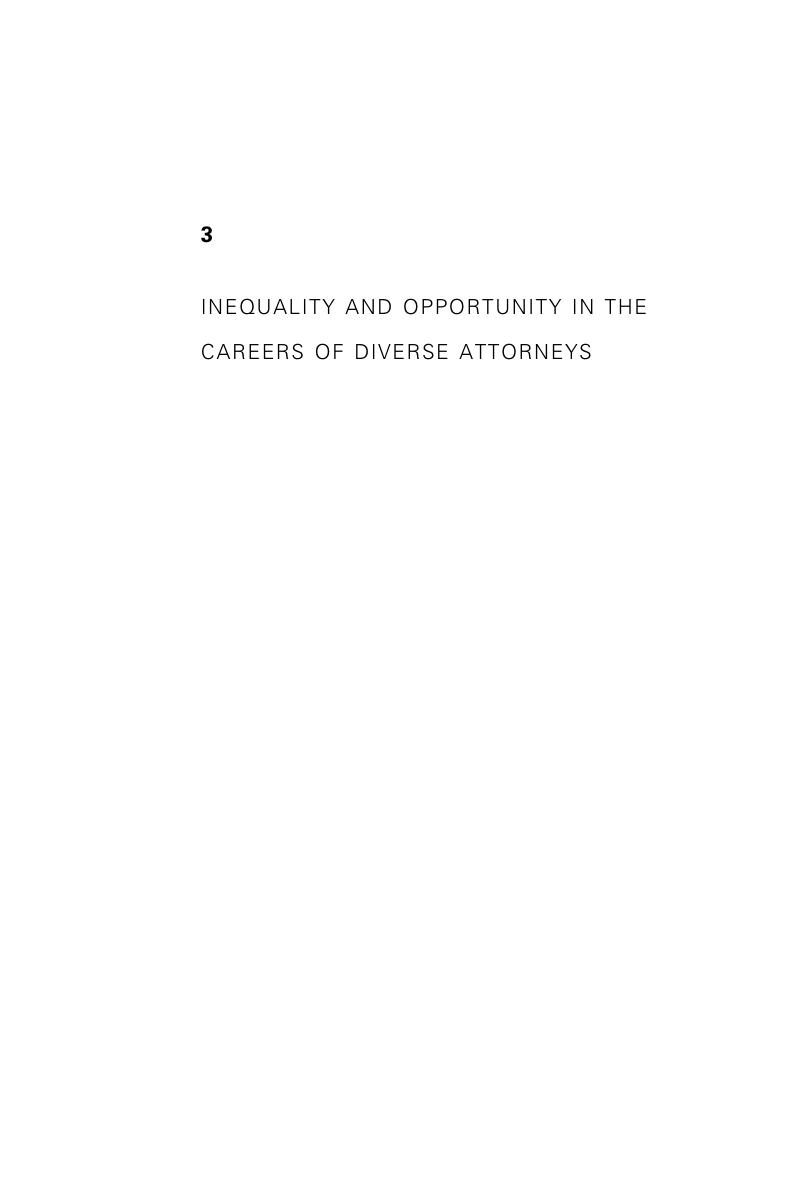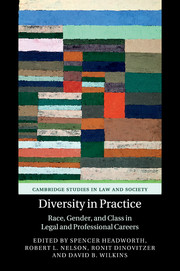Book contents
3 - Inequality and opportunity in the careers of diverse attorneys
Published online by Cambridge University Press: 05 April 2016
Summary

- Type
- Chapter
- Information
- Diversity in PracticeRace, Gender, and Class in Legal and Professional Careers, pp. 261 - 424Publisher: Cambridge University PressPrint publication year: 2016



